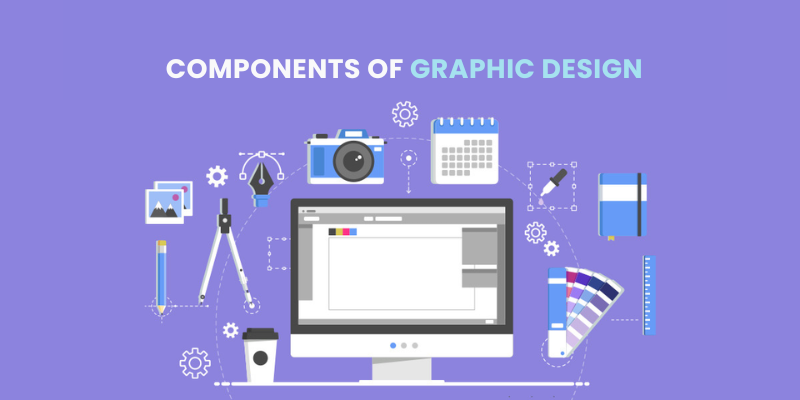An effective graphic design makes a message more accessible, communicates ideas clearly and quickly, and directs the reader’s attention to essential details. Even with the availability of psychological concepts and design methods, many companies still employ printed materials that could more effectively grab customers’ attention. When organizing patterns for printed materials, designers employ a variety of fundamental visual concepts in addition to referencing current graphic design trends and crafting a cohesive message. Professionals can stay updated with these trends and techniques by taking Graphic Design Courses in Chennai. We have chosen five key components of graphic design to help business owners and project managers collaborate with designers and printers more successfully on their upcoming advertising campaigns and event promotions.
White Space
Repetition
Repetition or repeating elements are used in any effective advertising communication to give the layout coherence and to confirm critical points. Colors, line styles, fonts, spatial relationships, and images are repeated elements. A skilled designer will understand when to introduce variation and when to keep things consistent. Graphic Design Online Course will enhance your ability to strategically use repetition and variation in your designs, ensuring your visual communication is impactful and compelling.
Alignment
The simplest definition of alignment is the arrangement of the elements in the advertising layout. Alignment principles are derived from how people read or scan printed materials, guaranteeing that the most crucial information can be found quickly and accurately.
To align groups of information, graphic designers frequently use a grid system or several invisible lines. Using this technique will give the entire message more appeal and balance while avoiding confusion on the page. In general, poorly aligned text is ugly, provides an appearance of confusion to the message, and requires the reader to work hard to figure out any “visual logic.”
Composition
A graphic designer decides how to tell the client’s story through composition. A well-crafted composition enhances the material’s visual appeal and professional polish. Composition is the appropriate placement of all textual and graphical elements, applying colour and style, and integrating the previously listed design layout elements. Simply put, the outcome of a well-designed layout is that your materials are effective.
Understanding the components of graphic design is essential for creating visually appealing, effective, and memorable designs. By mastering typography, colour theory, layout, images, graphics, whitespace, and brand identity, designers can prepare compelling visuals that resonate with their target audience. Enrolling in the Training Institute in Chennai for a Graphic Design Course help you enhance your skills and achieve your desired outcomes.
Read also: Graphic Designer Salary for Freshers

